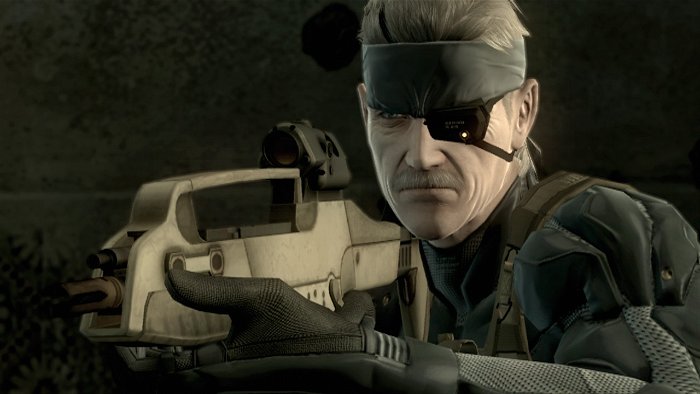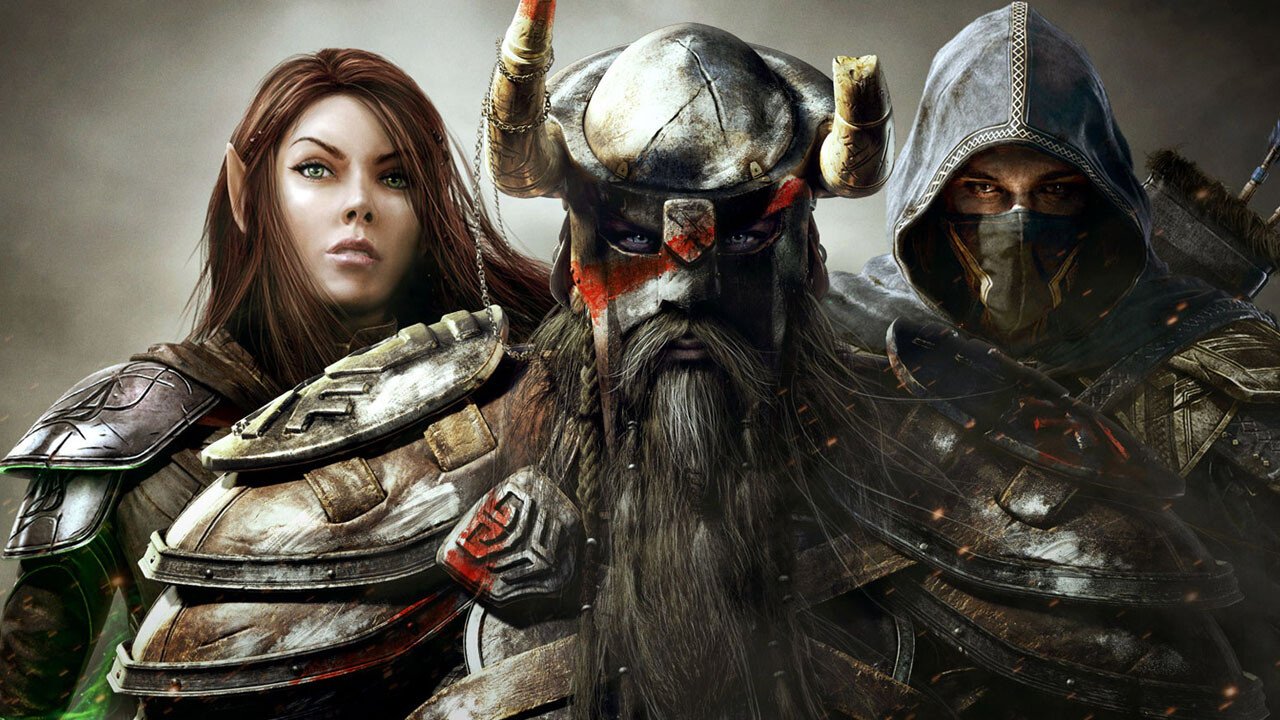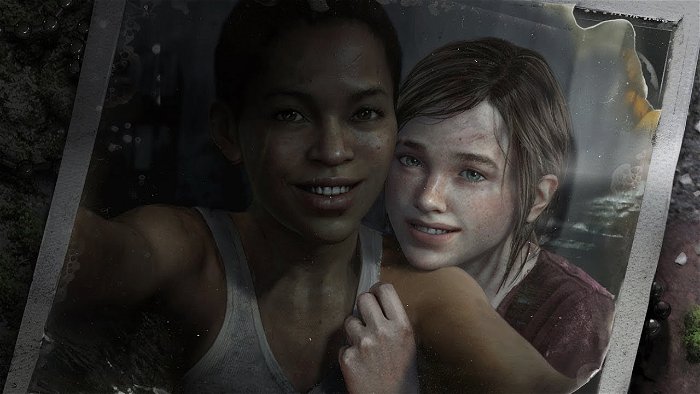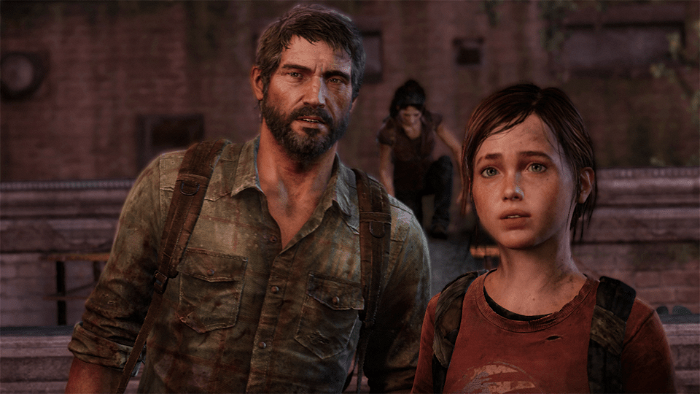I hate cutscenes. I haven’t played a Metal Gear Solid since MGSIV because I felt like half the game was some contrived, overly dramatic and downright boring student film. I realize a lot of you out there absolutely love this kind of thing, and more power to you, but I play games because I like playing games—not watching something that would be critically eviscerated and laughed at if it were an actual film. If you have to break the immersion several times a level and force me to sit there and watch a badly acted and poorly lip synced interaction between the characters so you can shove the story down my throat because you, as a game developer, think I’m too stupid to figure it out on my own, then you’ve clearly never taken a writing class in your life and are ignoring the most hallowed of all literary commandments “Show, don’t tell.”
There have of course been multiple series that take a different approach; Doom, Dead Space, System Shock, and KOTOR allow you to figure the story out on your own through conveniently misplaced audio logs, journal entries and video diaries, but even this design tactic is a tad lazy. Sure, you’re not having the story completely spelled out for you, and it is up to you to somewhat piece it together, but you’re still completely aware that because these pieces of plot are literally placed in a perfect order as you progress the game, this is yet another instance of handholding by the devs rather than an engaging and intuitive method of exploring a realistic and flowing narrative.

This difficulty in telling a story in a videogame when contrasted with a movie, or a book, or a television show, is what separates the clever, creative developers from the rest. The latter three mediums are independent, and the narrative exists entirely on its own, completely, no matter the level of your engagement with the subject matter. Despite the endless opinions and thoughts on interactivity, and injecting yourself into a story, the world in a book or a movie remains static in its entirety without you. That story will progress the same way, with the same characters, using the same methods, every single time no matter who is consuming it. Games don’t work that way; games areinteractive, they rely on the player to exist within the framework of the game’s world and make changes to it. With this interactivity in mind, shoehorning the storyline into the game using the same approach as a movie is uninspired and lazy.
Don’t get me wrong; some companies excel at this kind of thing. Naughty Dog is famous for making games that are as enjoyable and entertaining as a movie, on top of playing well. But for every The Last of Us, there are fifty other games that don’t do it well, and it really affects how enjoyable the game is. If I’m so bored and unengaged that I’m skipping cutscenes, or reading audio logs purely to check if there’s a door code hidden in there, then you suck at that aspect of game design.
Hybrid designs also work well. The Elder Scrolls series does, on occasion, cram their trope-filled, generic fantasy story down your throat, but at the same time the world of Tamriel is filled to the brim with background lore in books, diaries on corpses hidden in caves, and the conversations you have with NPCs. If you want to delve further, go for it; there’s plenty of lore there to investigate. If you can’t be bothered, that’s cool, here’s a quick clip of a dragon attacking a town.
Then you have the games that do it so well that players have built entire communities and wiki’s to help explore and explain just what the hell the game is about. Bloodborne in particular is downright incredible in this regard. You could play the entire game, start to finish, ten times, and not know anything about the plot. But if you’ve got a slice of Holmesian DNA floating in you, there’s a crazy amount of detail and layers to sift through to piece together what ends up being quite the meticulous narrative. Upcoming games like Firewatch are also experimenting with their approach to storytelling, opting to go for a hyper-realistic conversational technique where the story unravels itself through engaging and realistic dialogue as you explore the game’s world.

Basically, what I’m getting at with this long-winded rant, is that a good story can elevate a game to legendary status, but the method in which you tell that story will make or break it. Leave it up to the player to figure things out. The era of dumbing down games for a lazy, low-attention generation is ending. Players want to be proud of themselves for figuring things out, not bored by yet another unskippable, non-interactive video clip they’re not even watching because there’s something far more interesting on their phone. Games are meant to be played, not watched, and this idea extends past combat, crafting, or exploration. There’s no reason a story can’t be told in a way that encourages the player to participate. Show, don’t tell.






